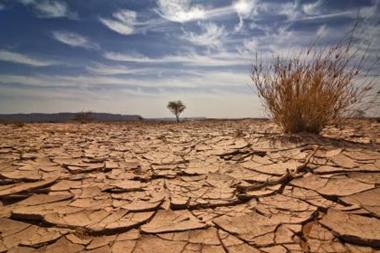A report released at the UN Climate Conference says countries may be close to agreeing the necessary emissions cuts
Countries could be closer than observers realise to agreeing a powerful global agreement on emission cuts, according to a survey released on the eve of the UN Climate Change Summit in Copenhagen.
The landmark UN summit on tackling climate change opened in Copenhagen on Monday (December 7), it has been framed as the last chance to avoid a worst case global warming scenario. Newspapers around the world have united in calling on the world’s leaders to broker a meaningful and binding accord.
An analysis of national proposals for annual emissions reductions, published by Nicholas Stern and the United Nations Environment Programme (UNEP), indicated that the gap between countries' proposed cuts and what is needed to avoid the worst ravages of climate change may be only a few billion tonnes of greenhouse gases.
The gap identified by the analysis, however, requires a number of key conditions, in particular that developed countries provide developing countries with financial and technical support.
It also requires that countries deliver on their commitments and intentions, and interpret the actions of others as sufficient to meet any conditions they may have set, said UNEP.
The research estimates that in order to have a reasonable chance (50% probability) of avoiding a rise in global temperature of more than 2°C, annual global emissions of greenhouse gases in 2020 need to be no more than 44bn tonnes of carbon-dioxide-equivalent.
The analysis shows that the gap between this target and the most ambitious cuts proposed by countries over the past months and weeks is about 2bn tonnes of CO2.
If the overall target 44 billion tonnes is exceeded in 2020, it is likely to be more difficult and costly to reach the goal as much stronger action would be required in decades afterwards.
UNEP said the gap could be filled and called for several actions, including:
• Developed countries increasing their high intentions.
• Key developing countries offering more than their existing proposals, particularly in the context of serious international support for the developing world, covering both adaptation and mitigation.
• Additional reductions from deforestation and other sources, and in particular international commitments to support and enhance the national efforts of countries such as Brazil and Indonesia.
• Incorporating international emissions from aviation and shipping in order to deliver additional emissions reductions.



















